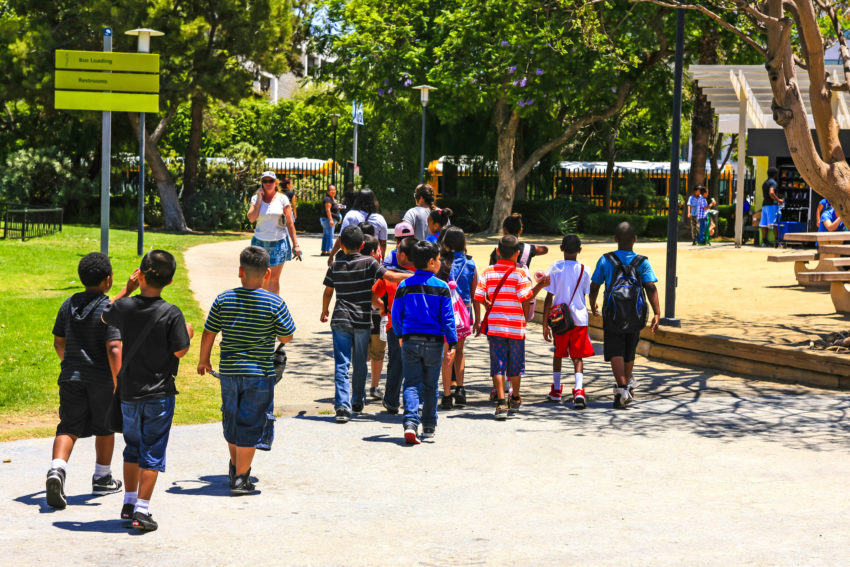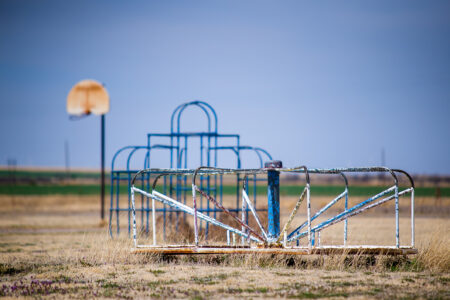
Share On Social!
Nature-related projects have been gaining popularity on school campuses since the late 1990s.
Environmental city planner, Sharon Danks, for example, has been working to transform asphalt lots into green schoolyards for 18 years. She is the Executive Director and Founder of Green Schoolyards America and in 2011, documented 150 green schoolyard projects from around the world in her book, Asphalt to Ecosystems: Design Ideas for Schoolyard Transformation.
Since then:
- Schools in Chicago teamed up with the city’s water utilities to turn drab slabs into green schoolyards for students and families.
- Early learning centers across Texas are launching outdoor learning environments.
- Austin, Texas, started planning their first “green school park.”
- San Antonio, Texas started exploring strategies to green schoolyards and connect children to nature.
- And many more…
With more than 130,000 schools across the country, there is still a lot of work to do.
Richard Louv, Co-founder of the Children & Nature Network, launched an international effort to connect children and their families to nature in 2006. He has authored nine books on the topic, and in 2016, with help from Danks, released a report on green schoolyards, Building a National Movement for Green Schoolyards in Every Community.
After the report was released, the Children & Nature Network began compiling resources into a resource hub to help you start the conversation, advocate for, implement, and steward a citywide or school district green schoolyards program.
What can you do?
Check out the Green Schoolyards Resource Hub!
The hub features these tools:
- Making the Case: These materials will help you align your future or current ways of thinking with new allies.
- Secure Funding: These are some of the ways that cities around the U.S. have funded their green schoolyards programs.
- Identify Policies: Does your city, town, or school district have the following policies that a green schoolyard program could support?
- Build Partnerships: These are the partnerships that have worked in existing green schoolyard programs.
- Design the Schoolyard: Learn how others have approached green schoolyard design.
- Activate for Learning: These are great tools to get comfortable teaching outside and lessons to lead once you are there.
- Use in Out-of-School Time: These are potential and various options for the wider community to use during non-school hours.
- Manage the Space: See how others have supported green schoolyard maintenance.
- Evaluate the Impact: These tools will support you in collecting data before and a green schoolyard transformation.
“We encourage you to move through resource categories according to where you are in your green schoolyard development process,” according to the hub website.
Green schoolyards are critical for childhood development and can boost boost academic performance, physical activity and mental health. This is especially critical in Latino neighborhoods that tend to lack access to safe parks and green spaces, according to a Salud America! research review.
The Children & Nature Network also provides a Cities Resource Hub for city leaders and community partners to create more equitable access to nature.
Check out more ways to increase access to green spaces!
By The Numbers
33
percent
of Latinos live within walking distance (<1 mile) of a park



